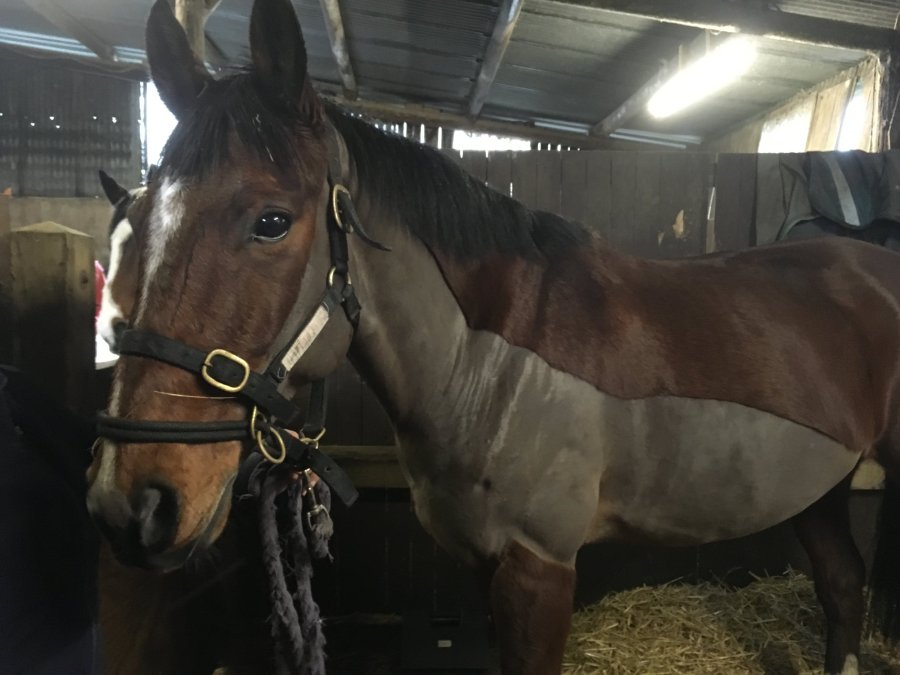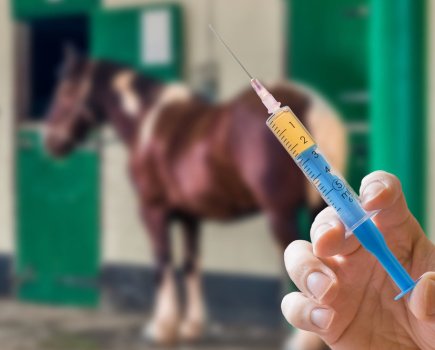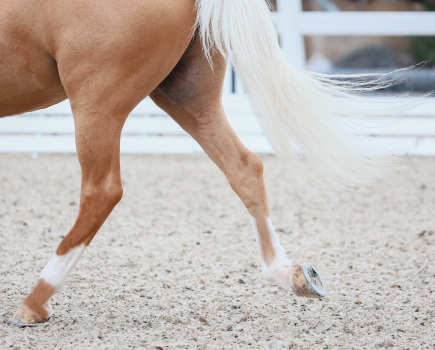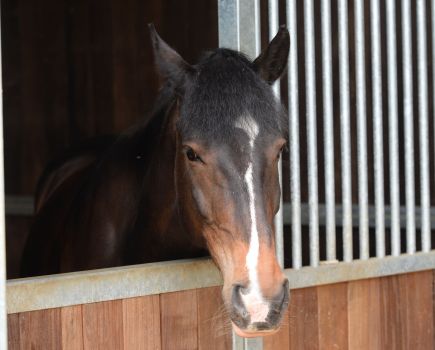XLVets Equine’s Nancy Homewood tells us about her day where she scoped some racehorses and then checked in on a horse called Malibu, who’s recovering from an injury he sustained while competing.
Why are racehorses scoped?
My first call this morning was to a racing yard to do some ‘scoping’. Endoscopy of the airways is a diagnostic tool often used by racehorse trainers and vets before horses are due to run to check their airways are ‘clean’. It can also be used to see if there’s an underlying airway problem if a horse hasn’t performed as well as expected.
Horses have their airways scoped after exercise in the morning. This lets us see any mucus or blood that can appear in the windpipe after exercise that may not so easily noticed at rest.
The mucus and blood levels are graded and we decide whether this may be detrimental to the horse’s chance of performing well in an upcoming race and if they need any treatment to help with inflammation or infection.
We also examine the horse’s upper airways to determine if there’s any dysfunction of the larynx that may be causing exercise intolerance, or for the horse to be making a respiratory noise when he exercises.
As the horses are used to being ‘scoped’ on a regular basis, they tolerate it very well. I had a very happy trainer this morning as all the horses scoped clean, so it’s now just down to him to pick the right race for the right horse!
What causes a swollen hock?
After a few other routine calls, I went to see a horse called Malibu who’s owned by a lovely client called Rosie. Back in the Summer of 2016, Malibu was lame with a severely swollen hock after a cross country round. It turned out that Malibu had displaced the superficial flexor tendon over the point of his left hock, although it wasn’t clear how as he didn’t appear to slip or trip at any point during the round.
I took radiographs to make sure there wasn’t any damage to the associated bones or hock joints.
The tendon usually sits taught over the pint of the hock, but if there’s any damage to the attachment of the tendon to the calcaneus (point of hock), then the tendon becomes unstable and can luxate (dislocate) to the outside or inside aspect of the hock.
In some cases, there’s so much instability that the tendon will luxate both to the inside and outside of the hock. When this injury occurs, it can be very distressing for the horse as they lose a fair amount of the stability through the hock and they tend to panic and kick out or bolt away from the instability, often not bearing any weight through the leg.
How is a swollen hock treated?
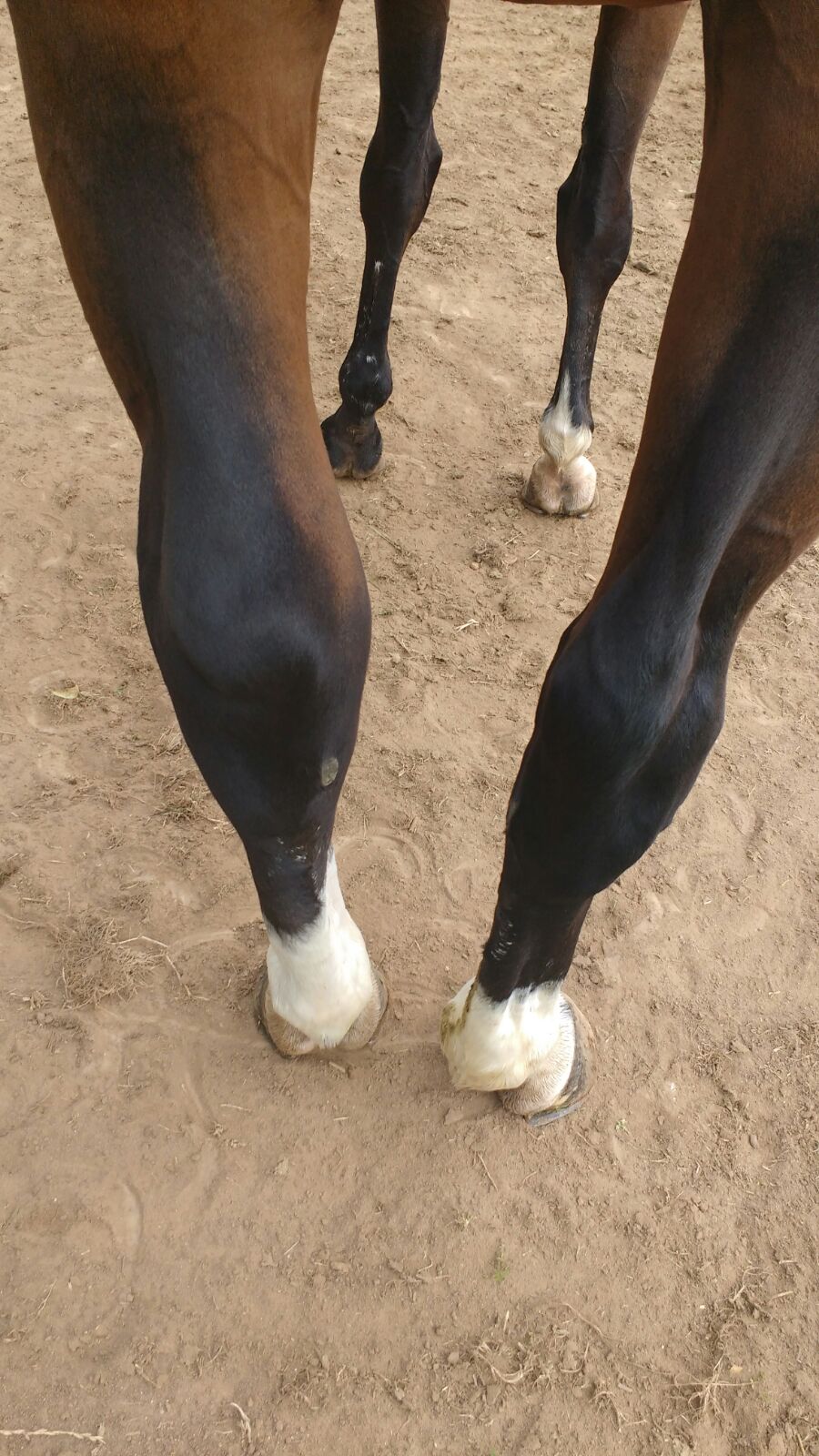
There are several treatment options available with this particular injury including surgery and casting, all having a similar objective of stabilising the tendon so that the function of the hock can be maintained.
Some horses can be left with a ‘snatching’ gait following this injury. With Malibu, we chose to rest and rehabilitate him over long period of time, to allow the tendon to stabilise and tighten through fibrosis (thickening) and scarring.
After an initial period of stall rest and anti-inflammatories, Malibu was turned away for five months in the field. His owner Rosie has started bringing him back into work slowly and I checked him today to see if he could begin trot work after eight weeks of increased walking.
Read vet Imogen’s blog on treating a horse with cataracts
Malibu was full of beans and sound in walk. The tendon is stabilised over the point of the hock when he’s in walk and trot, and only luxates when palpated at rest with a flexed hock. This is great progress for Malibu. I’m hoping that as he continues to increase his workload, he’ll continue to stay sound and comfortable.
He’s had a lot of muscle wastage over his nearside quarters, but this is beginning to build up slowly as Rosie continues with his rehabilitation. Time will tell as to whether he can return to his original level of activity, so we’re not out of the woods yet, but so far so good as they say!
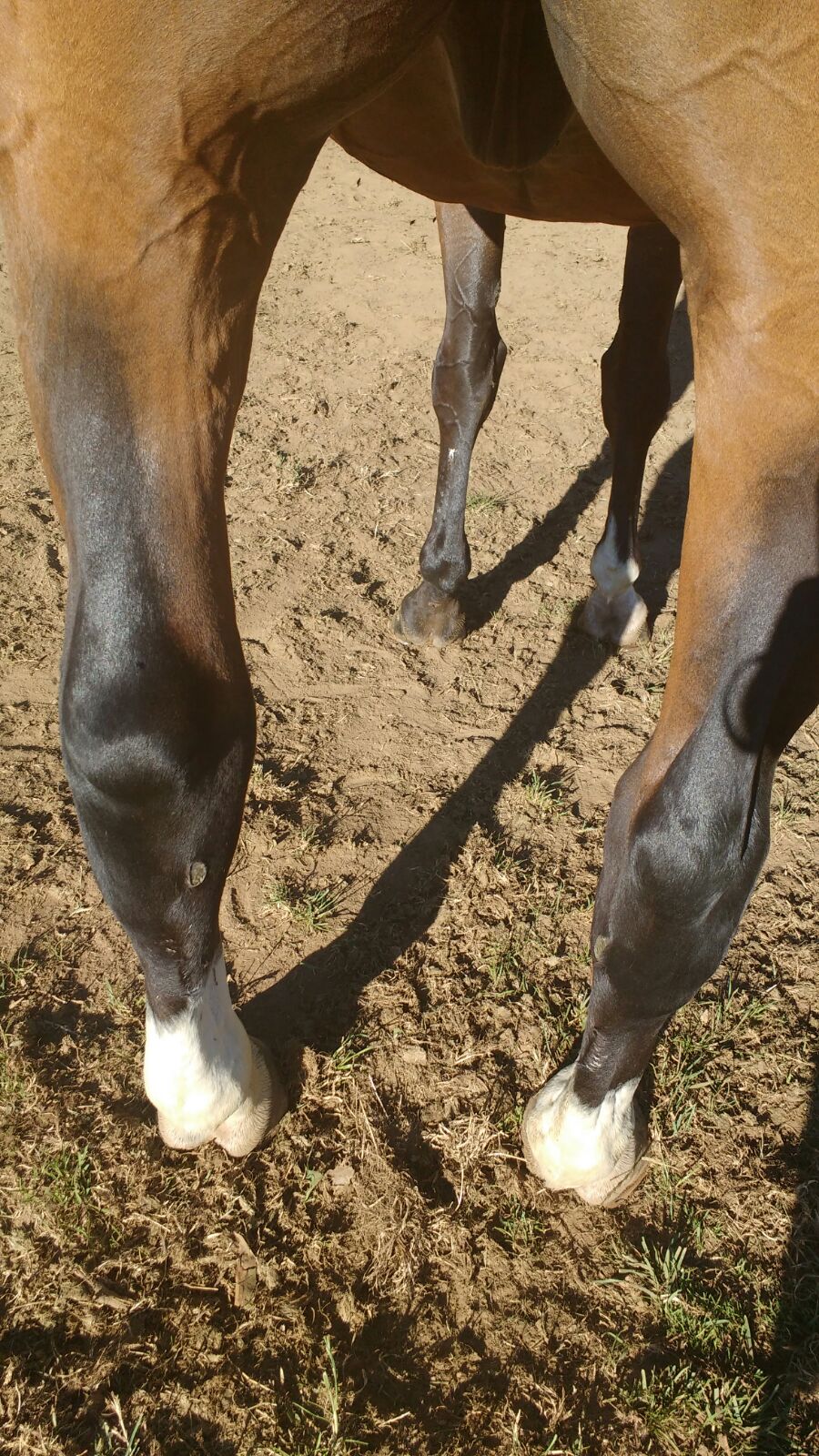
This can be difficult and frustrating injury to treat and manage in horses and I don’t believe there’s a right or wrong way to treat it, as each treatment option has its risks and benefits.
Luckily for Malibu, time is a great healer, and with the dedication and patience of his owner, I hope he continues to do well.

